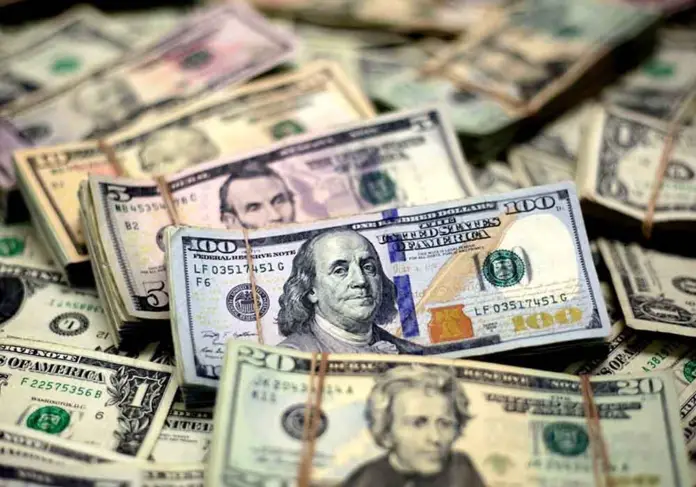The Businessmen Panel (BMP) of the Federation of Pakistan Chambers of Commerce & Industry has asked the government to announce incentives and attractive package for Overseas Pakistanis to enhance the volume of foreign inflows, as the remittances have fallen by 5 percent year-on-year to $2.144 billion in Jan while on month-on-month, the amount depicted a fall of $376 million or 15%.
The BMP Chairman and FPCCI former president Mian Anjum Nisar, expressing his concern over the drop, said remittances could help in partly financing the deficit in import payments and foreign debt repayments.
He suggested the government that structural reforms can revive Pakistan’s economic growth with major focus on incentives for overseas Pakistanis workers. If government supports Overseas Pakistanis and provides them incentives, they can play a vital role in boosting Pakistan’s economy through their remittances and investments for high economic growth.
If the falling trend persists in the remaining months of this fiscal year, it could pose serious problems for the economic managers as the government heavily relies on remittances, which are much higher than the country’s total export proceeds.
Anjum Nisar said the drop in remittances is disappointing despite the fact that the State Bank of Pakistan has allowed exchange companies to start work on directly attracting worker remittances from the countries from where the inflows remain nominal. He said migrant cash flow, which is a lifeline for the country’s struggling current account deficit, is expected to weaken more in the coming months as the US economic slowdown and its trade war with China hits global economy.
He said according to the central bank data, the remittances grew at a much slower rate of 9.1% to $17.95 billion in July-Jan 2021-22 over the same period last year when the growth was recorded at 24% over the preceding period. The government eyes over $30 billion inflows from the overseas Pakistanis by end of FY22, which will help the country bridge the widening current account deficit already crossed $9 billion in the July-December period of this fiscal year.
The foreign exchange reserves of the SBP increased in the last week after the arrival of $1 billion from the IMF and $1 billion proceeds of Sukuk issuance on the international market.
However, the revelation of Finance Minister Shaukat Tarin that the country is bound to pay back the entire $3 billion deposit made by Saudi Arabia in an SBP account at 4%, could create more problems for Pakistan.
This amount would be paid in one go and within one year and an agreement to this effect was finalised in October 2021. This outflow of $3 billion would further weaken the foreign exchange holdings of the SBP. The details show that the highest amount of $4.579 billion, an increase of just 1.5%, was received from Saudi Arabia. In the same period of FY21, the remittances from the kingdom grew by 21.6%. The second biggest inflow was from the United Arab Emirates despite negative growth of 1.8% to $3.382 billion in 7MFY22 compared to $3.443 billion in the same period of FY21 when it was grown by 6.3%. Other GCC countries remitted $2.061 billion with a growth of 9.3% compared to the same period of last fiscal year. The other two important sources of remittances for Pakistan are the United Kingdom and the United States. The inflows from the two countries were $2.467 billion and $1.701 billion with the growth of 13.2% and 21% respectively. In the same period of FY21, the remittances from the UK and the US grew by 51% and 45%. Lamenting the gloomy picture of country’s position in the region with regard to its GDP growth, he said upward trend of remittances in previous months is positive news for the country’s economy.







